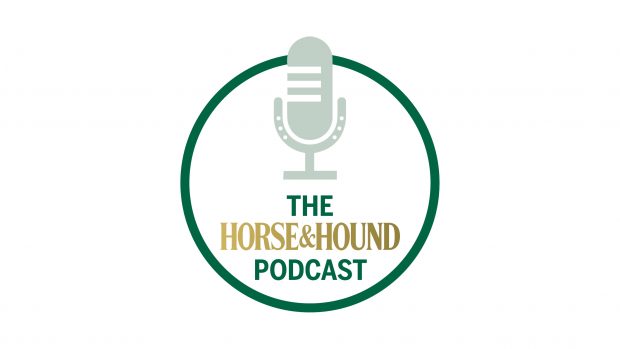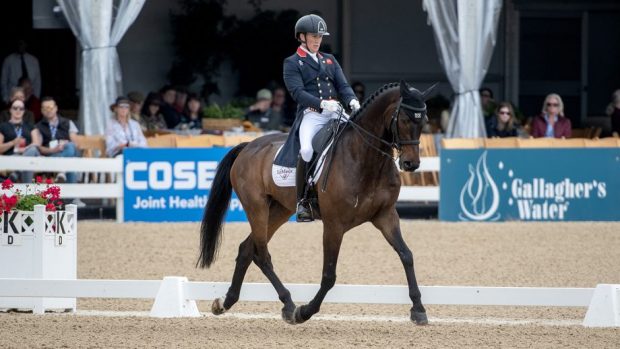The International League for the Protection of Horses (ILPH) has praised the EC’s recent review of the Transportation of Live Animals directive.
Dr. Douglas Munro, director of the ILPH commented: “The report confirms that live transportation of horses into Europe for slaughter is carried out with little or no regard to the welfare provisions of the 1995 directive.
“The Commission should be complimented on a report that is factual and pulls no punches – it portrays what is indeed a wretched trade.
“The changes to the Directive will undoubtedly help to improve the appalling suffering that horses, ponies and donkeys have to endure from their country of origin to the slaughterhouse – they should also hasten the end of the trade.”
Around 200,000 live horses that are to be slaughtered for human consumption enter the EU every year, according to the ILPH.
Large groups of horses are transported loose in trucks that are often driven by drivers that have had no training intransporting stock.
The journey for many of these unfortunate animals can be as long as five to seven days during which time they receive no food or water for days at a time.
Unsurprisingly many of the animals collapse during the journey.
The ILPH has been campaigning against these inhuman methods of transporting horses since 1931. It believes that replacing the traffic in live horses with a carcass trade would not only be more human but also more economically sound.
The ILPH aims to end this traffic within five years and replace it with a carcass trade set up in source countries.





